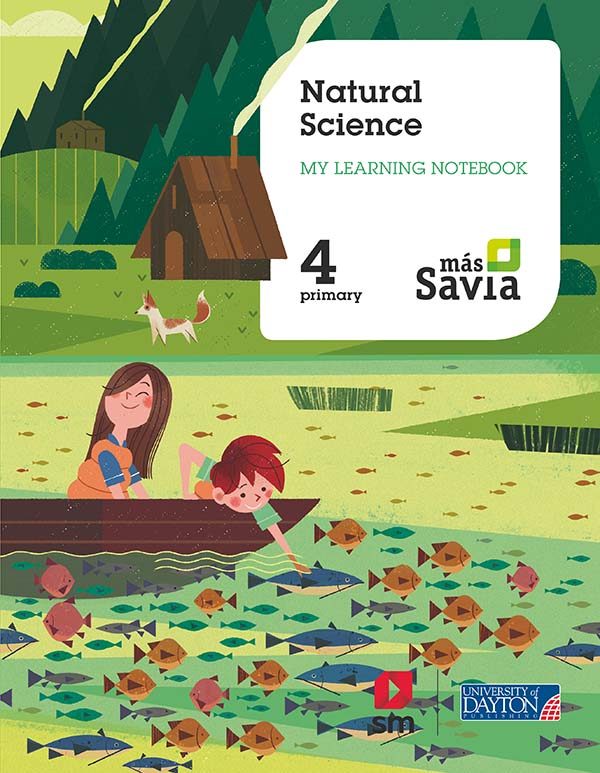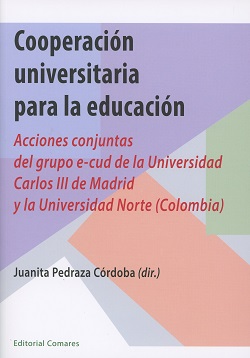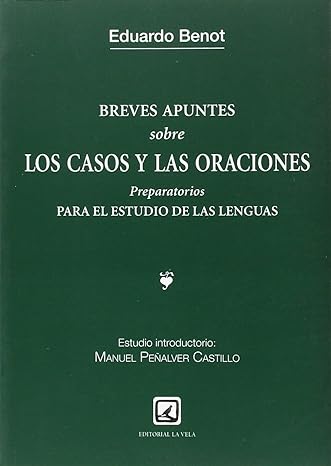The MAS SAVIA Project for Social Science takes advantage of different tools and methodologies to motivate the learning, understanding and application of the contents. The contents of each learning block are organized into three learning moments: Let’s Get Started, Let’s Understand and Let’s use. Inserted between these are Make a Change (service-learning activities with many opportunities to work using co-operative strategies) in which both communicative and cognitive skills are put into practice. Many of the Let’s Get Started and Let’s Use sections take the form of experimental workshops. This general philosophy of promoting active learning is manifest in the final Making a Change task which integrates knowledge, skills and multiple intelligences. Social Science takes the CLIL approach to making language and contents accessible with careful scaffolding of language and the visual summarizing of content. There are regular opportunities to review what has been learned. Attention to diversity is catered for by online testing which can give the teacher a clear and immediate evaluation of the class’s performance by identifying students who may be having difficulties.
Natural Science 4º Primaria. My learning notebook
ISBN: 9788417559311
El precio original era: 8,90€.8,90€El precio actual es: 8,90€. 8,46€ IVA incluido
Solo quedan 11 disponibles (puede reservarse)
| Peso | 260 g |
|---|---|
| Fecha de Edición | 15/05/2019 |
| Plazo de entrega |
24 h |
| Número de Edición |
1 |
| Idioma |
Inglés |
| Formato |
Libro |
| Páginas |
88 |
| Lugar de edición |
MADRID |
| Encuadernación |
Rústica |
| Colección |
MÁS SAVIA |
| Editorial |
S.M. EDITORIAL |
| EAN |
978-84-17559-31-1 |
All about nutrition
Term 1
1. The 3 vital functions 8
2. The vital function of nutrition 9
3. The digestive system 10
Make a change 1 12
4. The respiratory system 14
5.The circulatory system 15
6. The excretory system 16
Make a change 2 18
7. Nutrition and health 20
8. Nutritional problems 21
Make a change 3 22
Mind Map 24
Summary 26
Writing skills 27
External exams 28
Making the change 30
All about plants
Term 2
1. Characteristics of plants 36
2. Classification of plants 37
3. Nutrition in plants 38
Make a change 1 40
4. Sexual reproduction in plants 42
5. Asexual reproduction in plants 43
6. How do plants respond to their environment 44
Make a change 2 46
7. Agriculture 48
8. How does agriculture affect the environment 49
Make a change 3 50
Mind map 52
Summary 54
Writing skills 55
External exams 56
Making the change 58
All about structures and machines
Term 3
1. Structures 64
2. Lever 65
3. More simple machines 66
Make a change 1 68
4. Complex machines 70
5. Making machines 71
6. Safe use of machines 72
Make a change 2 74
7. The inventions of Archimedes 76
8. More inventions 77
Make a change 3 78
Mind map 80
Summary 82
Writing skills 83
External exams 84
Making the change 86
Arthur Shopenhauer (Danzig 1788-Francfort, 1860). Filósofo alemán. Identificó la realidad en sí con la voluntad como energía que da vida al mundo. Se matriculó en la Universidad de Gotinga como alumno en la Facultad de Medicina (1809), estudios que dejó dos años después para ingresar en la Facultad de Filosofía. En 1811 marchó a la Universidad de Berlín, donde asistió a las clases de Fichte y de Schleiermacher. En 1820 se incorporó a la Universidad de Berlín como profesor. Su filosofía está influida por Platón, Kant, el pensamiento hindú y el budismo. Su obra más importante fue ” El mundo como voluntad y representación ” (1818). Para Schopenhauer el querer supone insatisfación y, por tanto, la voluntad representa el origen del dolor y del mal. Esta visión hizo que su pensamiento fuera calificado de pesimista. Otras obras suyas son ” De la cuadrúple raíz del principio de razón suficiente ” (1813), ” Sobre la voluntad en la naturaleza ” (1836), ” Dos problemas fundamentales de la moral ” (1841) y ” Parerga y Paralipomena ” (1851).






